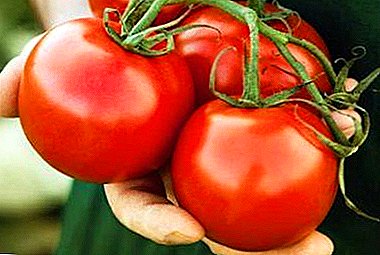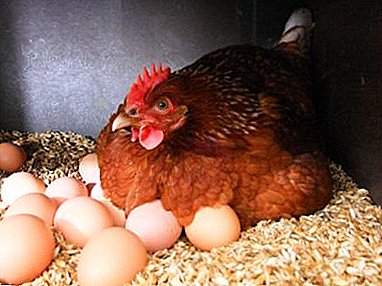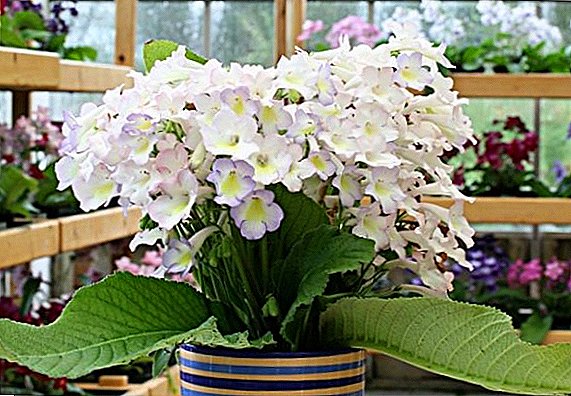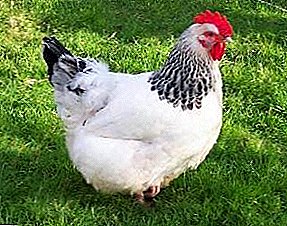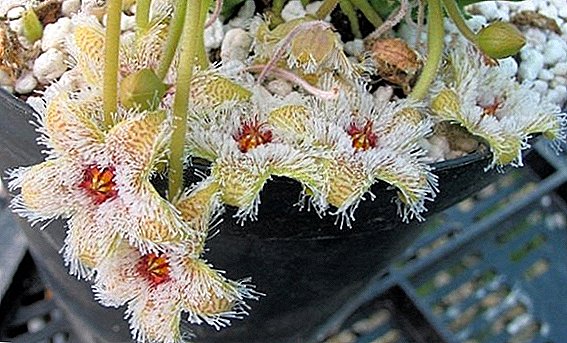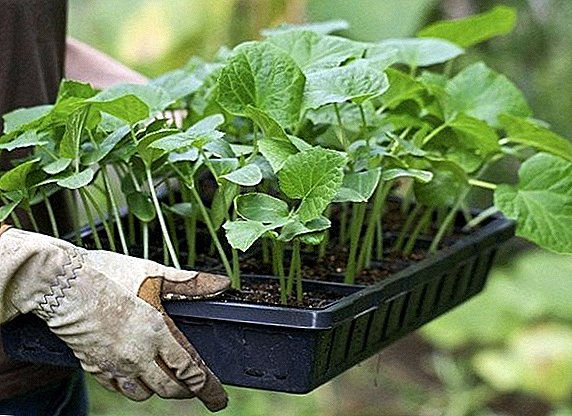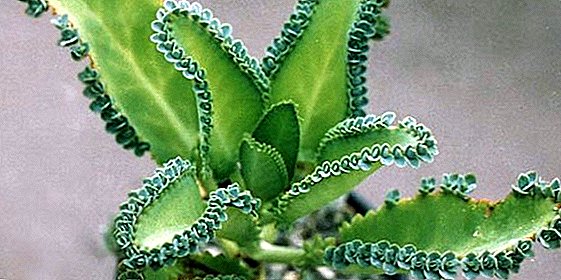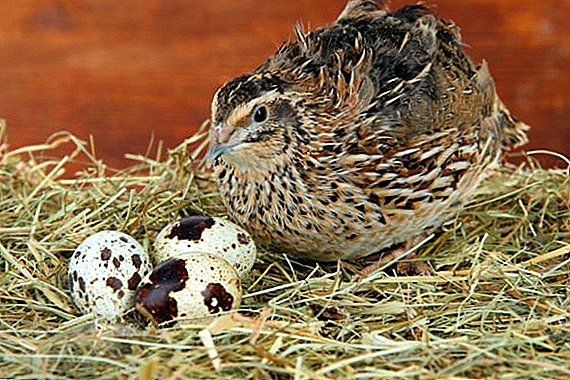 Quail - not a frequent bird in the yard, so not everyone knows how to handle it. This is especially true for beginner poultry farmers. This bird is small and suitable for keeping in cages. What are the features of quail care, what they eat and how to avoid mistakes when breeding them, we will tell in this article.
Quail - not a frequent bird in the yard, so not everyone knows how to handle it. This is especially true for beginner poultry farmers. This bird is small and suitable for keeping in cages. What are the features of quail care, what they eat and how to avoid mistakes when breeding them, we will tell in this article.
Quail egg breeds
The most popular breeds of layer quail are:
- Japanese Brings 290-320 eggs per year. Under good conditions, they can be carried at the age of 35-40 days. The productive period lasts a year. Then productivity is already significantly reduced.
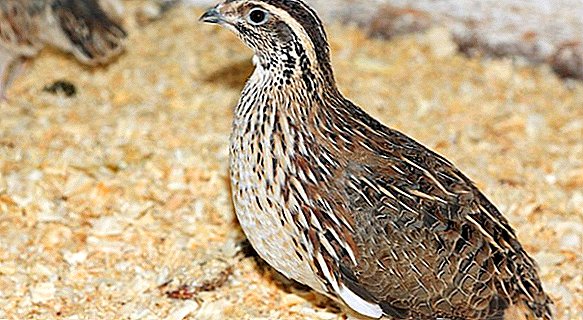
- English white and black. It gives about 260-280 eggs per year. Sexual maturity comes at the age of 7-8 weeks.
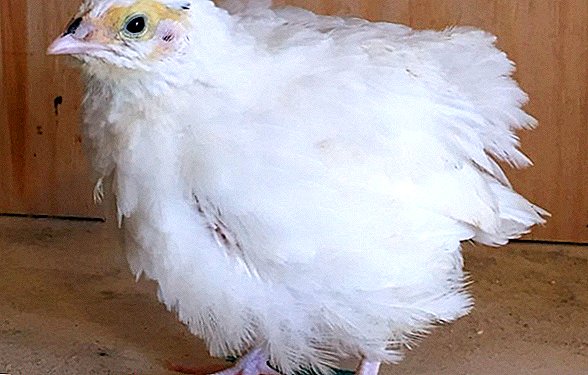
- Tuxedo. Efficiency at the same level as the previous breed. Begin to lay eggs from 6-7 weeks of life.

- Manchu gold. Brings up to 220 eggs per year. Sexual maturity comes at the age of two months. Productivity remains high until the eighth month.
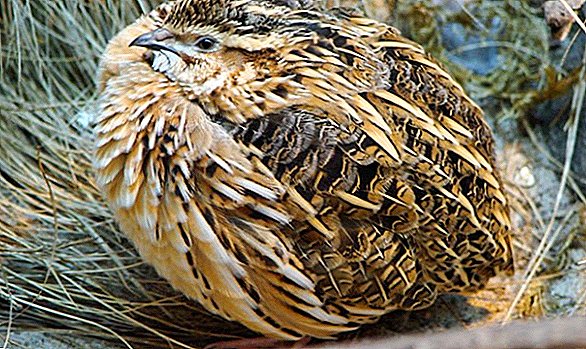
- Marble. Efficiency - 260-300 eggs per year. It can carry eggs from the 55th to 60th day of life.
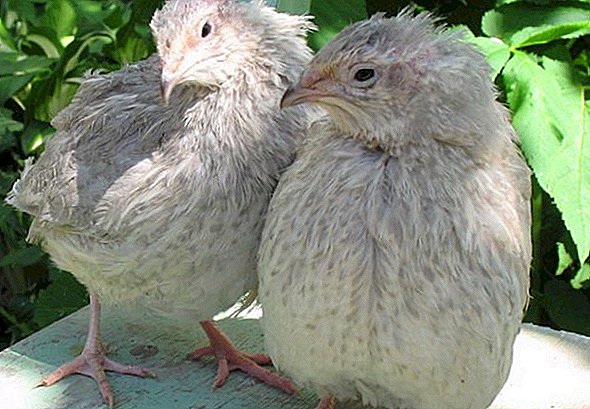
- Estonian (Kaytavers). Gives about 280-310 eggs per year. Starts laying eggs from the 37-40th day of life.
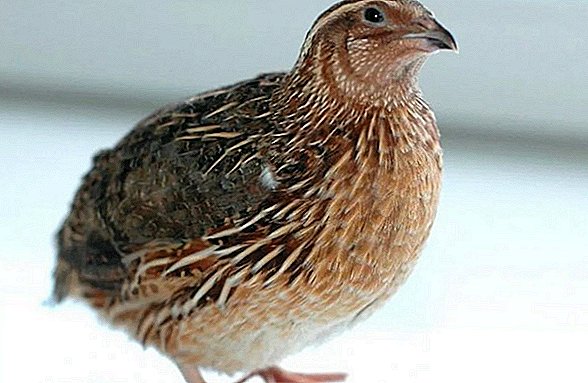
Did you know? The European perfume industry is very widely using quail eggs as one of the components of elite creams and shampoos, as eggs contain tyrosine - a source of youth.
Peculiarities of keeping at home
Keep quails is not difficult. Quail is a small bird, so it will feel great in the cages. More details about the conditions of detention will be discussed below.
Read also how to breed quails, increase egg production and choose the best breed.
Requirements for the premises in the summer
In order quail developed well and brought healthy offspring, you need to pay attention to the room in which it lives.
- the temperature in it should be within + 18 ... +25 ° С. The optimum is + 20 ... +22 ° С;
- the room should be with windows and ventilation, but drafts are unacceptable;
- no dampness in the house;
- humidity should be maintained at 60-70%;
- for good egg production, daylight hours should be 17 hours;
- lighting power should not exceed 40-50 W;
- switching on and off of light should take place at the same time;
- bird planting density is 80-100 heads per square meter.

What should take care in the winter
With the onset of cold weather you need to take care of warm shelter for quails. To do this, it is necessary to insulate an existing barn (if the livestock is small) or build a new, warm one. In the room where the birds will be kept, you need:
- plaster the walls and whiten them with hydrated lime. Whitewashing must be periodically repeated for sanitary purposes;
- floor cemented;
- to seal the windows;
- equip heating. It can be gas, oven, electric. The temperature in the house should not fall below +18 ° C;
- the duration of the day should be 15-17 hours. It is best to combine light with heating by installing infrared lamps;
- it is necessary to arrange good ventilation, without drafts;
- provide humidity at the level of 50-70%.
Important! Do not pour water on the floor to maintain the desired level of humidity. This will only make the room moist. It is better to hang out wet rags or arrange containers with water.Desirable parameters for ventilating the room.
| Bird house | Air movement (m / s) | ||
| minimum | norm | maximum | |
| For adults | 0,2 | 0,3 | 0,6 |
| For young | 0,1 | 0,2 | 0,5 |
Cage for rewind layers with their own hands
Before proceeding to the fabrication of a cell, it is necessary to calculate its dimensions taking into account the number of quashes. For 10 birds, 30 * 75 cm is enough. 
It should also be borne in mind that:
- the size of the cells must match the size of the bird so that it does not fall out of the cage;
- the structure must be dry and free from mold, otherwise quails may become sick;
- the number of heads placed in a cage must correspond to its size.
Necessary materials
For the construction of the cage from the grid with the frame you need to take:
- wooden beam 30 * 20-25 mm - 8 pcs .;
- metal corners;
- door awnings - 2 pcs .;
- door handle;
- nails - 12-15 pcs. (large), 20-25 pcs. (small);
- self-tapping screws - 16-24 pieces;
- mesh for walls with cells 16 * 24 mm, 24 * 24 mm, 32 * 48 mm (depending on the age of the bird);
- mesh for the floor with cells 10 * 10 mm or 16 * 24 mm (depending on the age of the bird).
Important! On one cell the size of 30 * 30 cm you need about 180 * 180 cm of the net canvas.
Tools for work
To make a cage, stock up on such tools:
- screwdriver;
- hammer;
- roulette;
- scissors for metal.

Step-by-step instruction
- Perform a drawing of the product, taking into account the number of birds.
- From the boards and corners, assemble the cage frame by connecting the parts with screws, and fix them with nails.
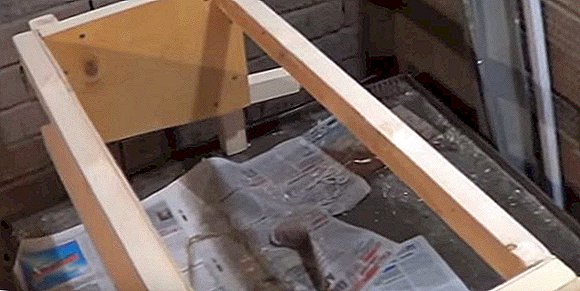
- From the grid with a large cell, into which the bird's head can crawl and reach the feeder, execute the front wall of the product.
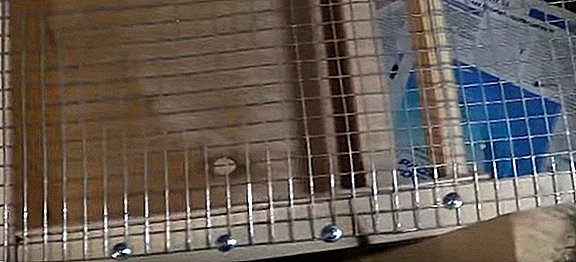
- From the grid with a small cell cut the floor.
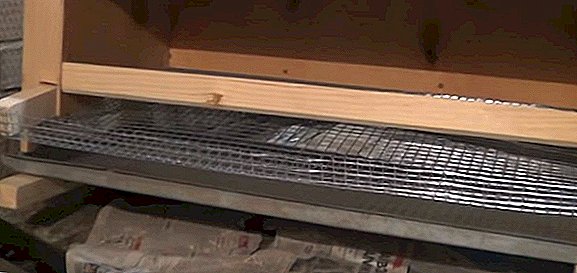
- The rest of the walls and ceiling cut out of the grid with age-appropriate quail cell size.
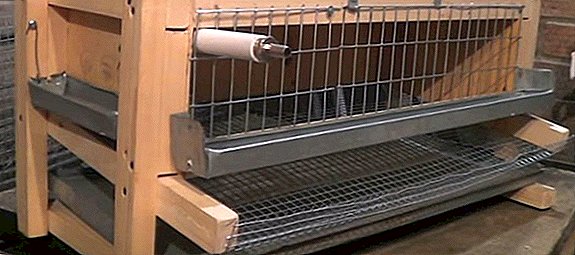
- Attach the walls to the frame with nails. Hammer them on the outside of the cage. Nails need to be bent so that they firmly held the grid. Also, neither nails nor screws should stick out of wood.
Video: do-it-yourself quail box
Make a cage for quail yourself.
How to feed laying quails at home
In the menu of re-laying hens should be present:
- corn;
- oats;
- wheat;
- legumes;
- fish and meat and bone meal;
- milk products;
- vegetables;
- greenery;
- vitamins and minerals.

You can not give:
- potato and tomato tops;
- parsley;
- celery;
- sorrel;
- buckwheat;
- rye;
- buttercup
In the first seven days of the quail life, the menu may be:
- boiled eggs (can be with shells);
- low-fat cottage cheese (2 g per day per bird);
- greenery.
Learn how to properly feed the quail.
For this you need:
- 60 g of grain mixture (millet, oatmeal, yachka, wheat);
- 36 g of protein (cottage cheese, fish meal, dry reverse);
- 4 g of chalk and shell.
 In winter, it is necessary to give, in addition to feed, germinated cereals, green onions and vitamin supplements. It is possible to produce nettle harvested in the summer, clover, and alfalfa. In summer, the diet should be diversified with spinach, salads, clover flowers, nettles, cabbage leaves and beets.
In winter, it is necessary to give, in addition to feed, germinated cereals, green onions and vitamin supplements. It is possible to produce nettle harvested in the summer, clover, and alfalfa. In summer, the diet should be diversified with spinach, salads, clover flowers, nettles, cabbage leaves and beets.Did you know? The shell of quail eggs can be used to purify water from chlorine and heavy metals. It also normalizes its acid-base balance.
Is it possible to increase egg production
To increase the egg production quail is not difficult. To do this, you just need to adhere to certain conditions of detention, namely:
- For the comfort of one individual, at least 180 cm of area is necessary.
- Feed and water should be freely available for each layer.
- The temperature in the house should be maintained at + 20 ... +22 ° C.
- Humidity to keep at around 60-70%.
- There must be good ventilation in the house.
- Duration of daylight should be 16-18 hours. At night, you should leave a dim light.
- Cells must be cleaned daily. Feeders, drinkers and pan for disinfecting excrement.
- Add protein of plant and animal origin to the feed, as well as vitamins and minerals. Increase the number of eggs in the diet and the shell.

Why do birds fly badly or stop altogether
Laying eggs can poorly lay eggs or completely stop this process if:
- diet is not balanced;
- substandard food;
- wholemeal food;
- lack of calcium in the menu;
- low-calorie food in the period of egg laying;
- in the house drafts;
- low / high temperature in the house;
- improper level of humidity in the room;
- house is poorly ventilated;
- the bird is stressed by the frequent movement of the cage;
- the quail is thirsty.













